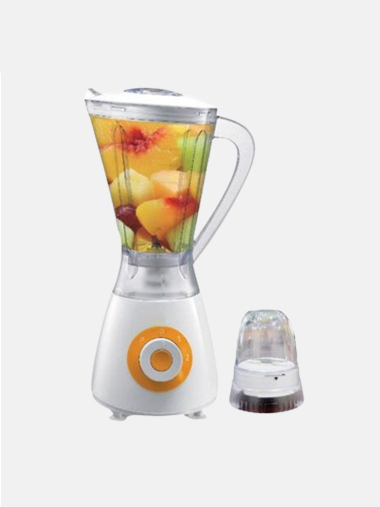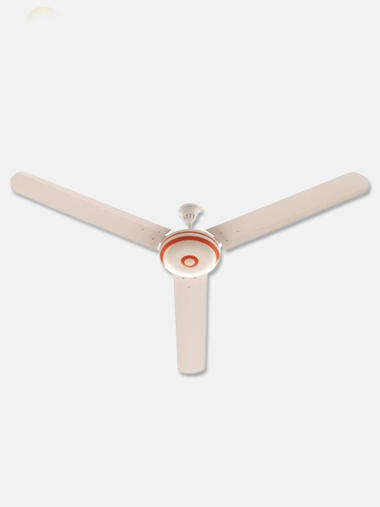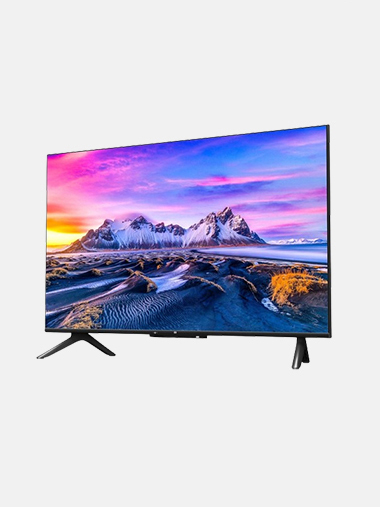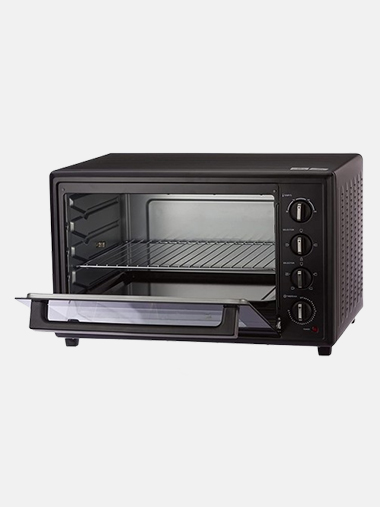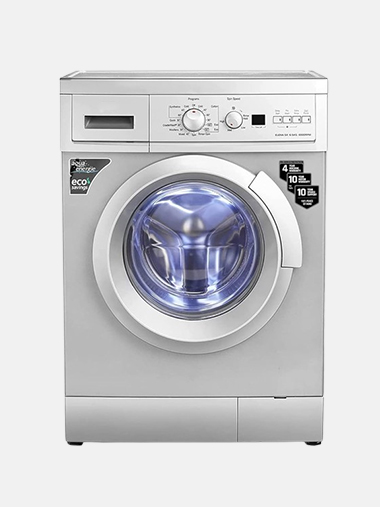Blender
The blender appliance is a kitchen tool used for blending and mixing ingredients to create smoothies, shakes, sauces, soups, and various other liquid or semi-liquid food preparations. It typically consists of a motorized base with controls to adjust speed and settings, and a pitcher or jar with a blade assembly at the bottom. When the motor is activated, the blades rotate rapidly, breaking down and mixing the ingredients placed inside the pitcher. Blenders come in various sizes, power capacities, and features, catering to different needs and preferences in the kitchen.
Variable Speed Settings: Blenders often have multiple speed settings or a variable speed control knob that allows you to adjust the blending speed according to the ingredients and desired texture.
Pulse Function: This feature allows you to quickly pulse the blender at high speed for short bursts, useful for breaking down tougher ingredients or achieving a more precise blend.
Ice Crushing Capability: Many blenders come with blades and motor power specifically designed to crush ice, allowing you to make smoothies, frozen drinks, and other icy treats.
Blade Design: Blenders may have different blade designs optimized for various tasks, such as chopping, pureeing, or blending. Some models feature removable blades for easier cleaning.
Pre-programmed Settings: High-end blenders often include pre-programmed settings for specific tasks like smoothies, soups, or crushing ice. These settings automate the blending process for optimal results.
Capacity: Blenders come in various sizes, from personal-sized blenders with small cups to larger pitchers suitable for family-sized batches.
Safety Features: Many blenders have safety features such as a locking mechanism to prevent the blender from operating unless the pitcher is properly secured, and overload protection to prevent motor burnout.
Easy Cleanup: Look for blenders with dishwasher-safe parts or easily removable blades and pitcher for hassle-free cleanup.
Noise Reduction: Some blenders are designed with noise reduction features to minimize the loudness of blending, which can be particularly useful in shared living spaces.
Durable Construction: Quality blenders are often made with durable materials like stainless steel or high-grade plastic to withstand the demands of regular use.
Other Products you may be interested!
Product Categories
Contact Us
- Address: House# 5 (2nd Floor), Road# 7, Block# F, Banani, Dhaka-1213.
- Phone: +88 02 55041896, 02 226603195
- Mobile: +880 1700 764494
- Email: info@bondsinternationalltd.com


